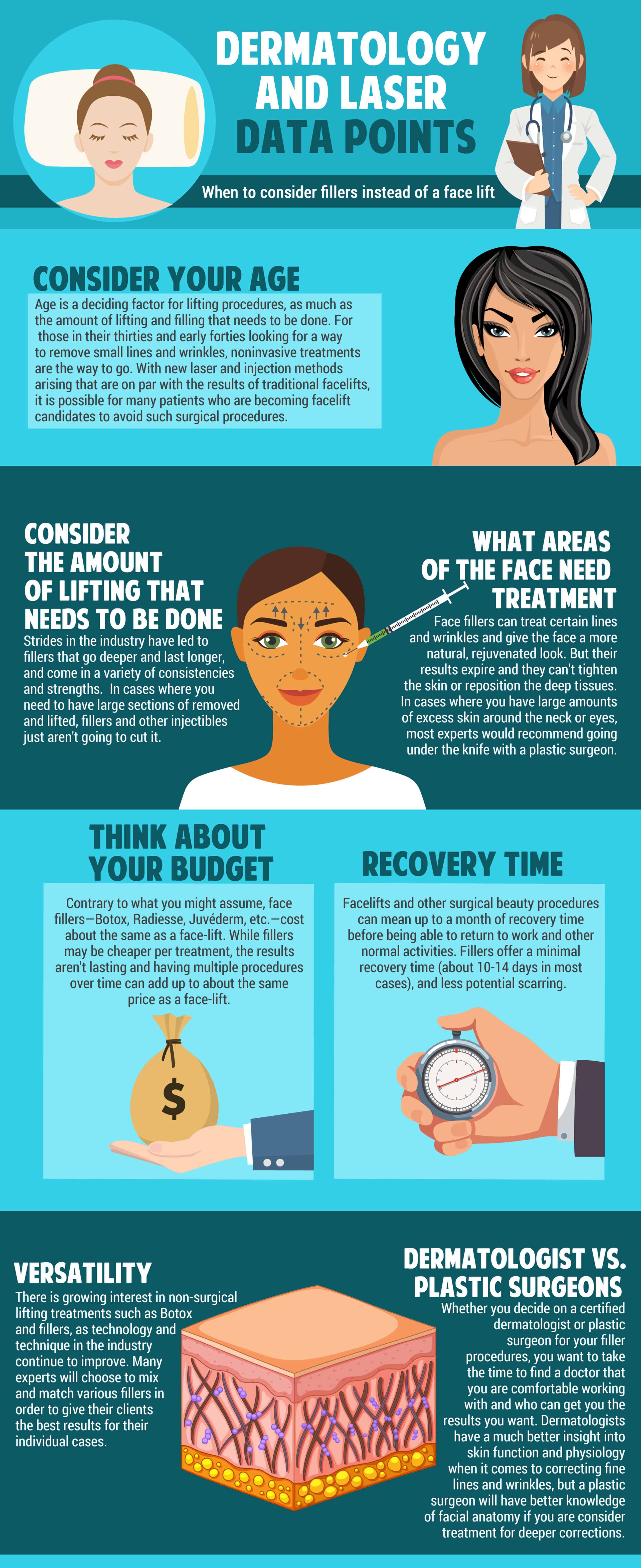As a cataract doctor, your day begins with a thorough eye assessment, where you examine clients' vision and lens clarity. You recognize just how vital it is to identify cataracts accurately. Once diagnosed, you get ready for surgery, guaranteeing every information is represented. But the difficulty does not end there. The actual journey unravels in the operating room, where precision is crucial. What takes place next might specify a client's visual future.
The Diagnostic Process: Identifying Cataracts
When it involves identifying cataracts, clarity is key. You'll begin with a detailed eye assessment, where you'll examine visual acuity and look for any indicators of cloudiness in the lens.
Throughout this process, you'll utilize customized tools, such as a slit light, to get a comprehensive sight of the eye's framework. You'll likewise do a dilated eye examination to examine the lens and retina more thoroughly.
Gathering your individual's medical history is critical, as it aids recognize threat variables like age, diabetes, or previous eye injuries.
After evaluating the outcomes, you'll figure out the existence and extent of cataracts. This precise approach ensures you provide the most effective suggestions for treatment, setting the stage for the next steps in their treatment.
The Surgical Procedure: Accuracy in Action
After diagnosing cataracts and discussing treatment choices, you prepare for the procedure, where accuracy is extremely important.
You get in the operating room, donning clean and sterile handwear covers and a mask. The patient rests easily under bright lights, ready for the transformation.
You start by providing regional anesthetic, guaranteeing they feel no discomfort. With a steady hand, you make a small laceration in the cornea, making use of advanced methods to remove the cloudy lens.
You carefully put the fabricated intraocular lens, straightening it completely for optimum vision. Throughout the procedure, you keep an eye on vitals and readjust as required, maintaining concentrate on the task.
In just a short time, you'll have recovered your client's view, a satisfying outcome for both of you.
Post-Operative Care: Making Certain Optimum Recuperation
Once the surgical treatment is complete, your function shifts to guaranteeing the patient's smooth recovery.
You'll start by providing clear post-operative guidelines, emphasizing the value of wearing the eye shield and taking prescribed medicines. Advise them to avoid scrubing their eyes and taking part in laborious tasks.
Schedule a follow-up consultation within a couple of days to monitor recovery and address any concerns. related internet page to report any indicators of infection, such as boosted inflammation or discharge.
In https://marcoqbzkv.blog-eye.com/36496800/recognizing-cataract-surgery-method-risks-rehabilitation-and-impacts , discuss the relevance of using man-made splits to reduce dry skin. Support their emotional health by comforting them that aesthetic improvements might require time.
Verdict
In a cataract doctor's day, you witness the trip from medical diagnosis to healing. You see the accuracy in surgery and the treatment taken post-operation to guarantee your ideal healing. Via this experience, you get quality not simply in vision, however in comprehending the whole procedure. The trust developed between you and your specialist is vital, paving the way for a smoother recuperation. With https://connerrydjo.dm-blog.com/36295658/everything-you-need-to-know-prior-to-cataract-surgical-procedure , you're on your way to enjoying a brighter, clearer world.
